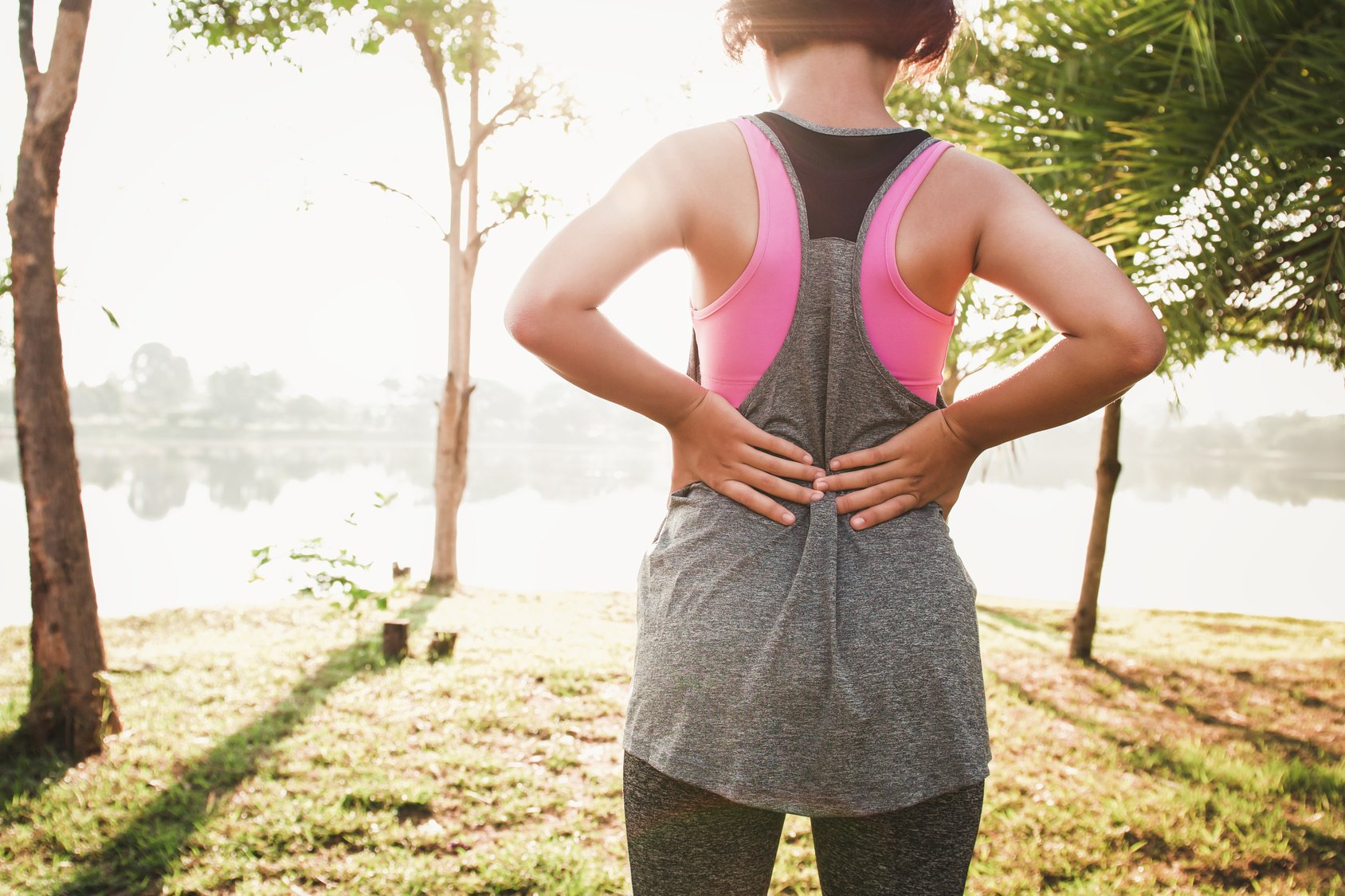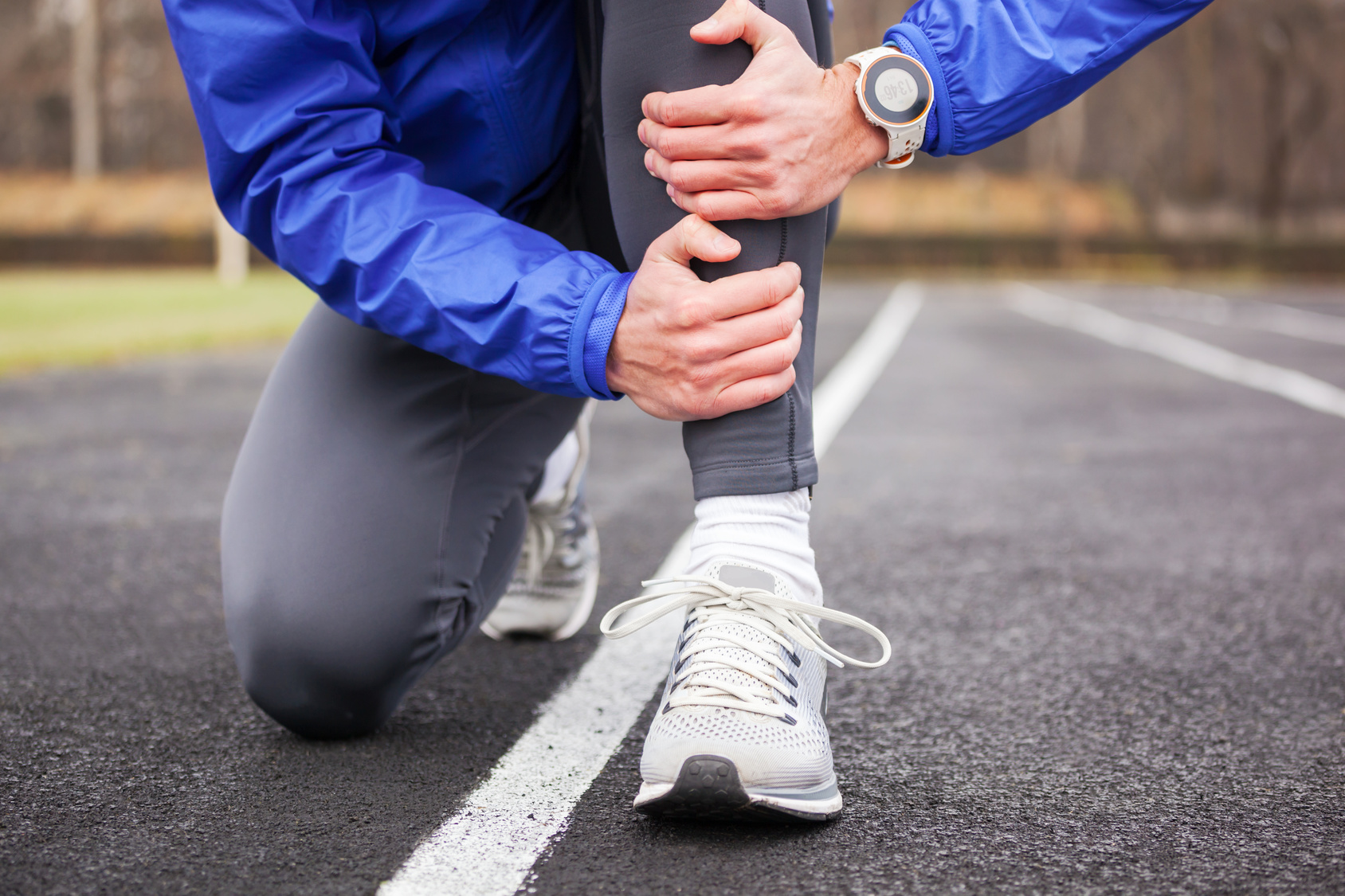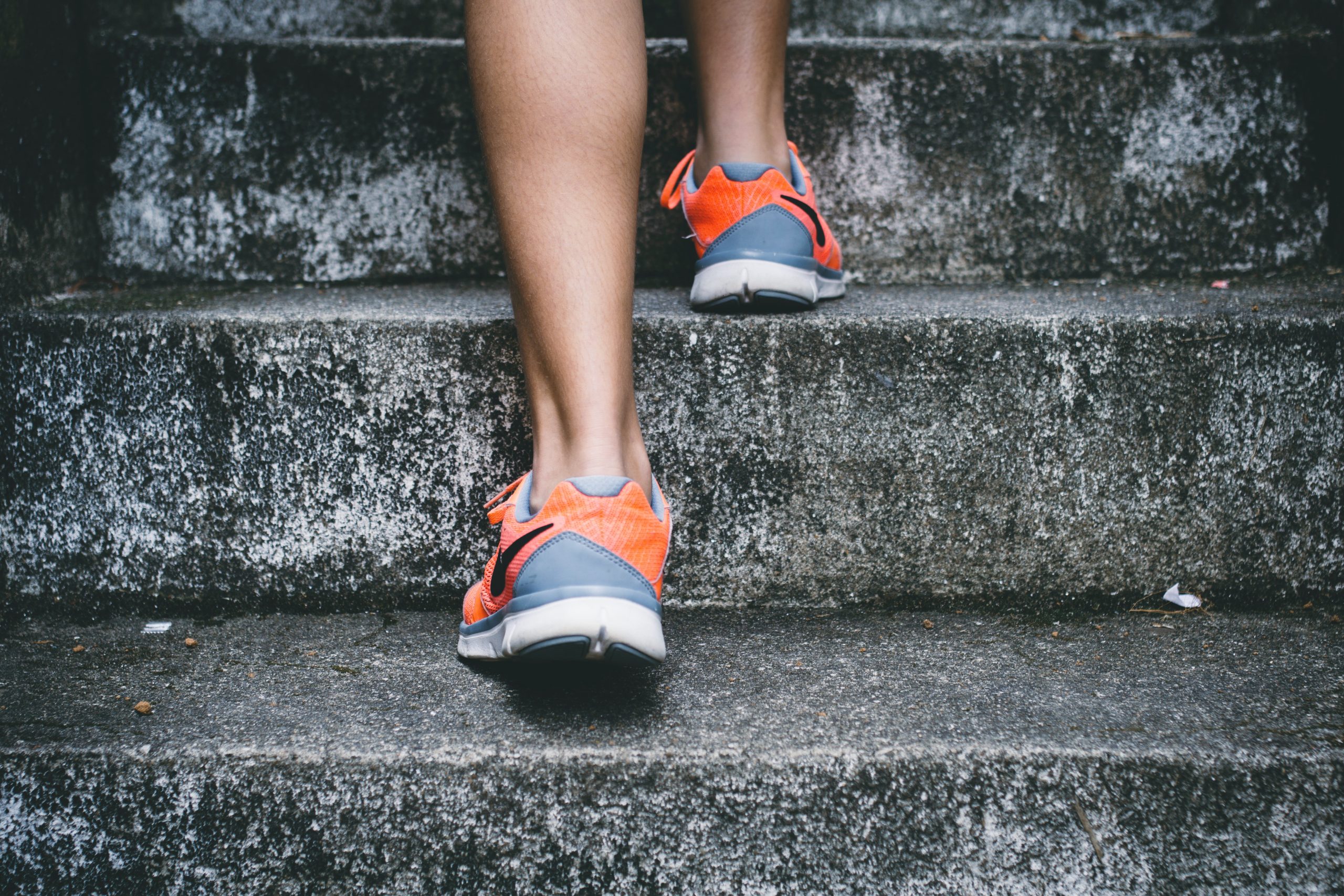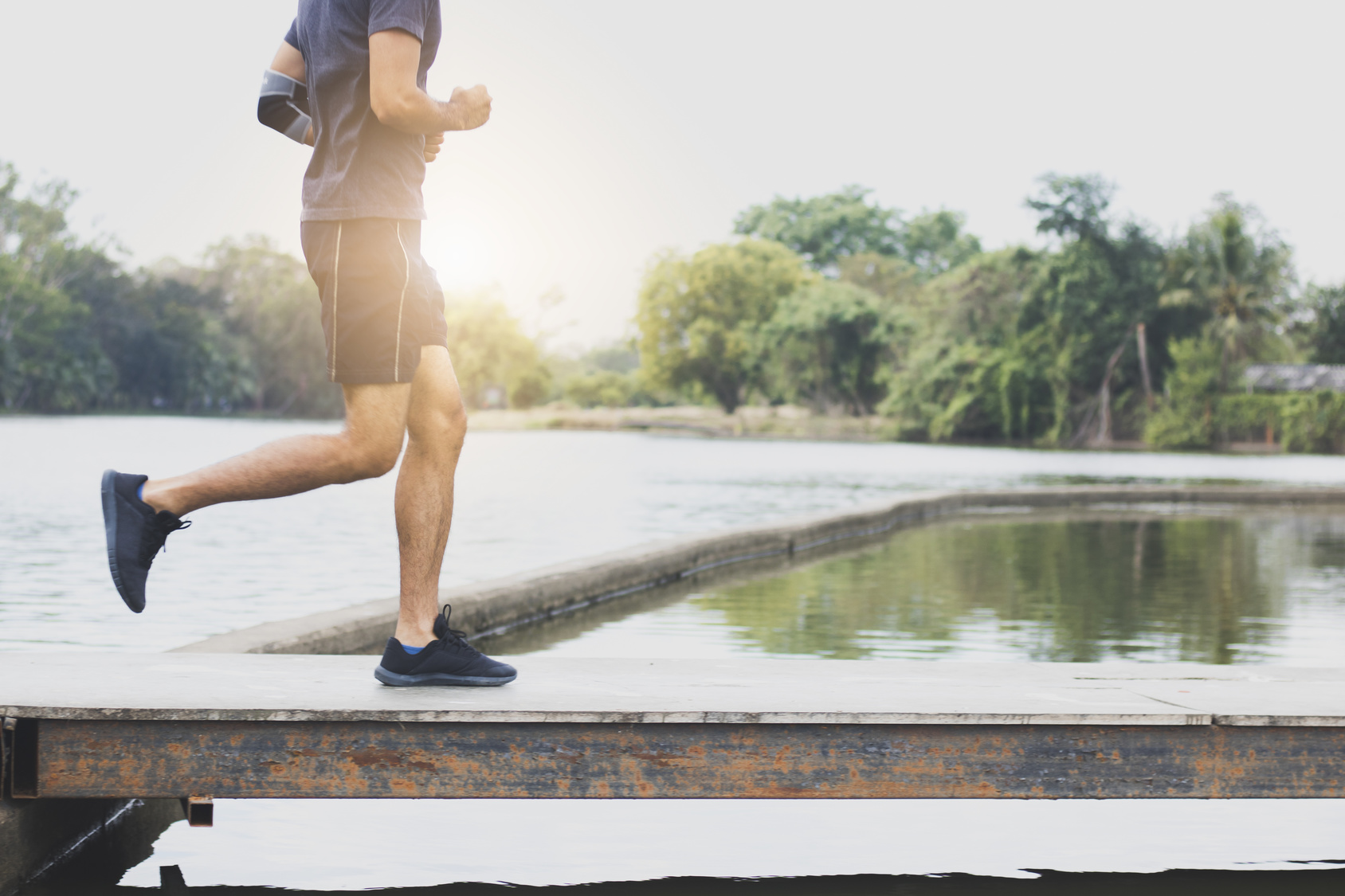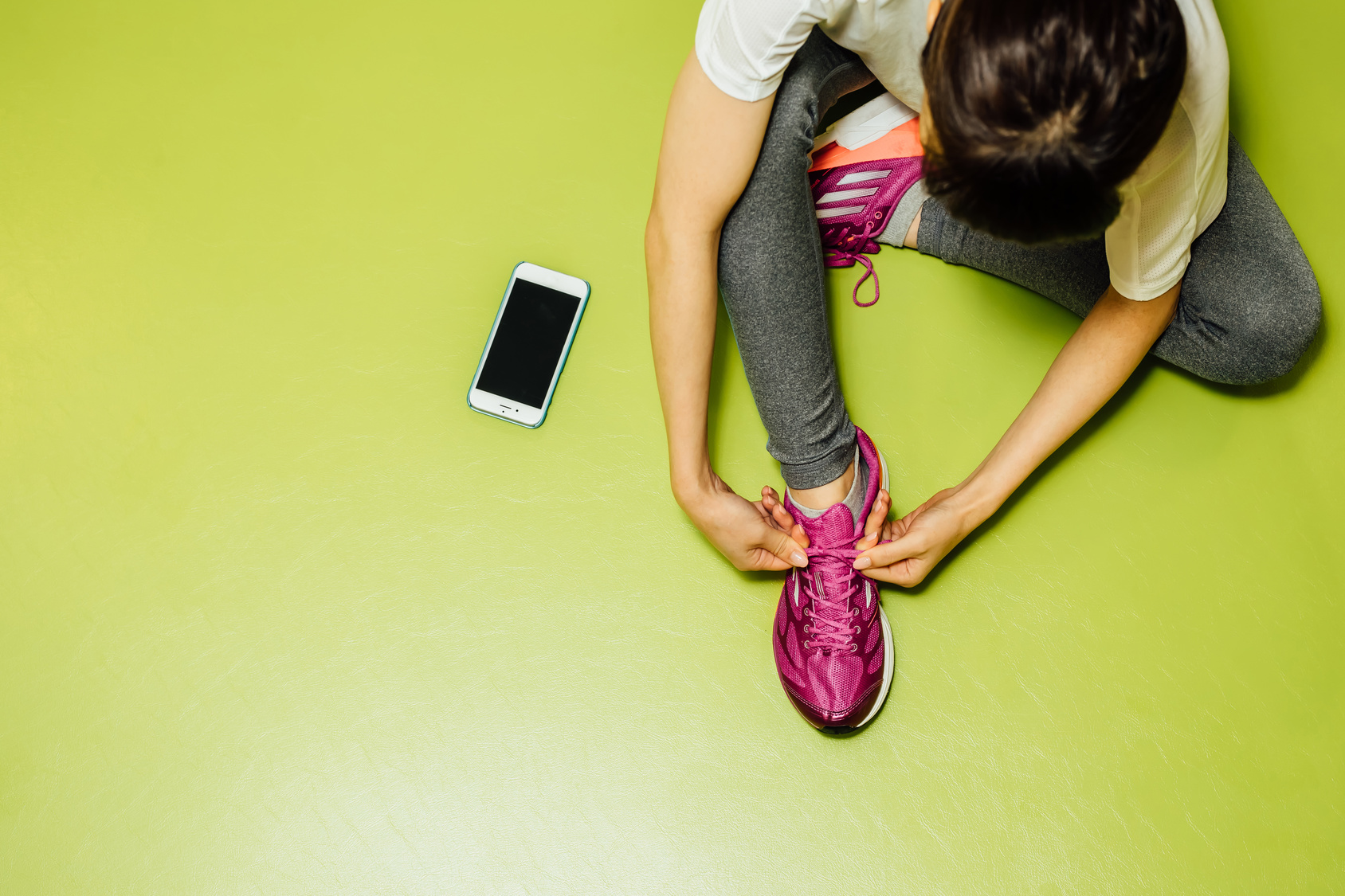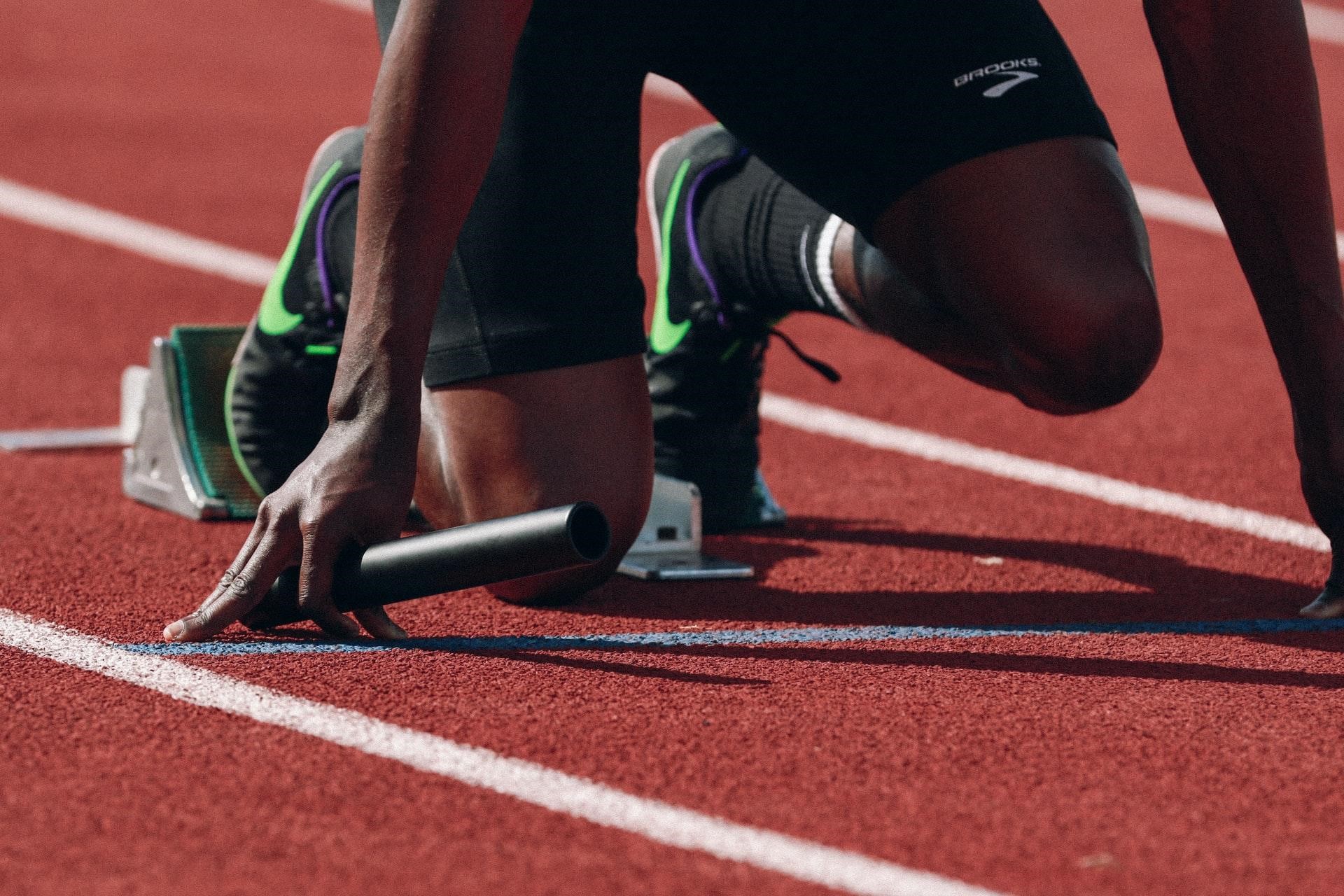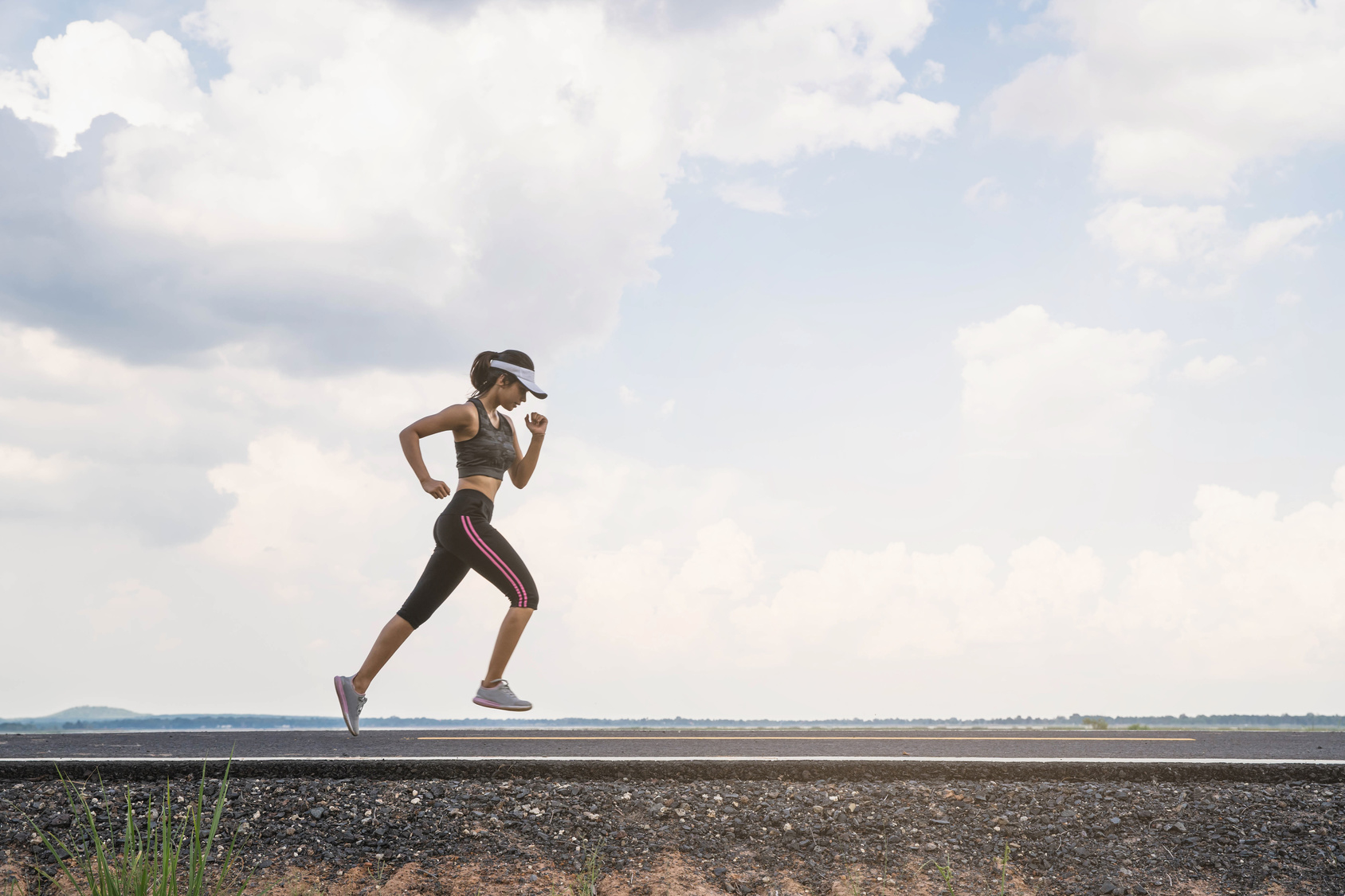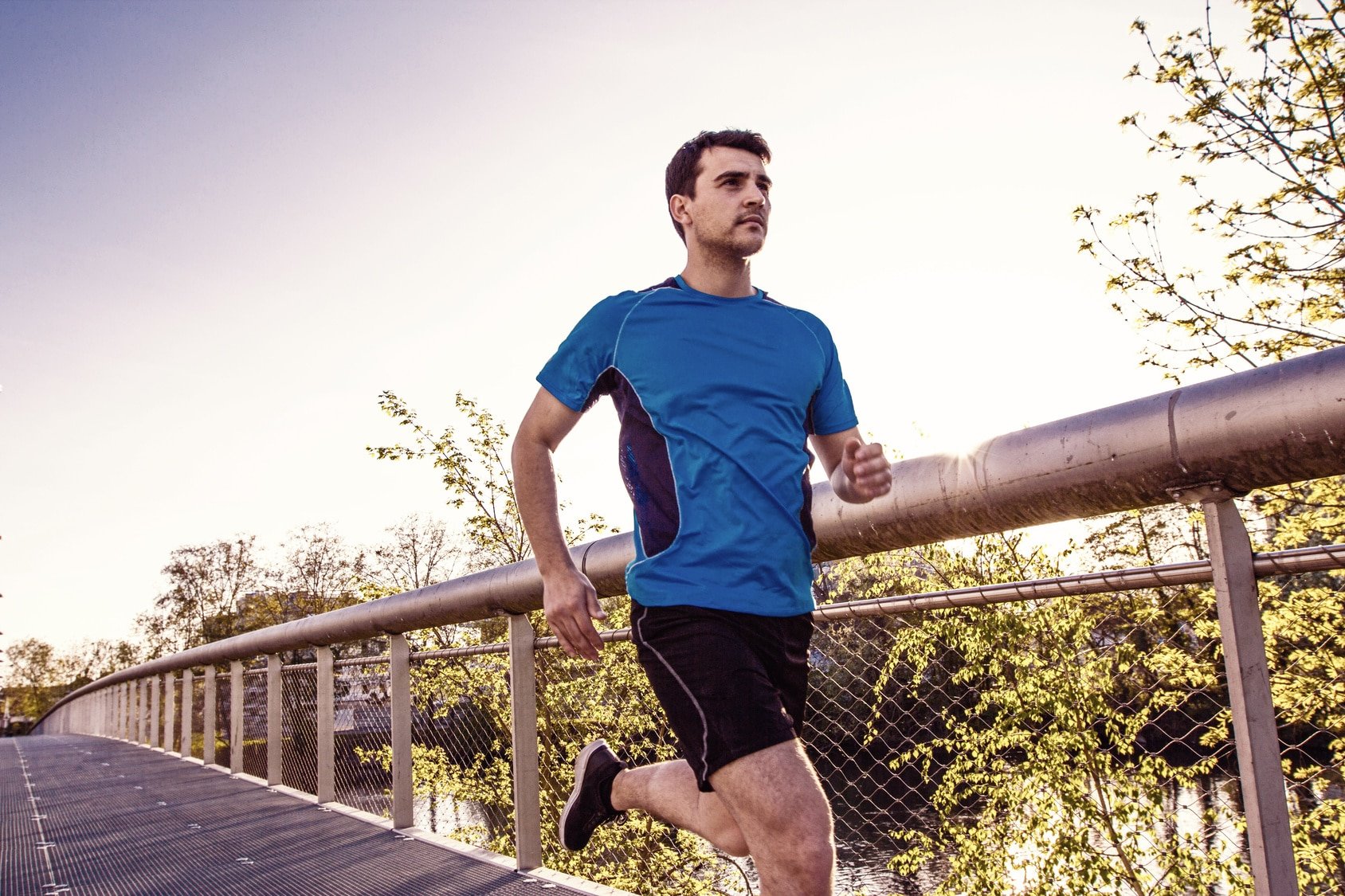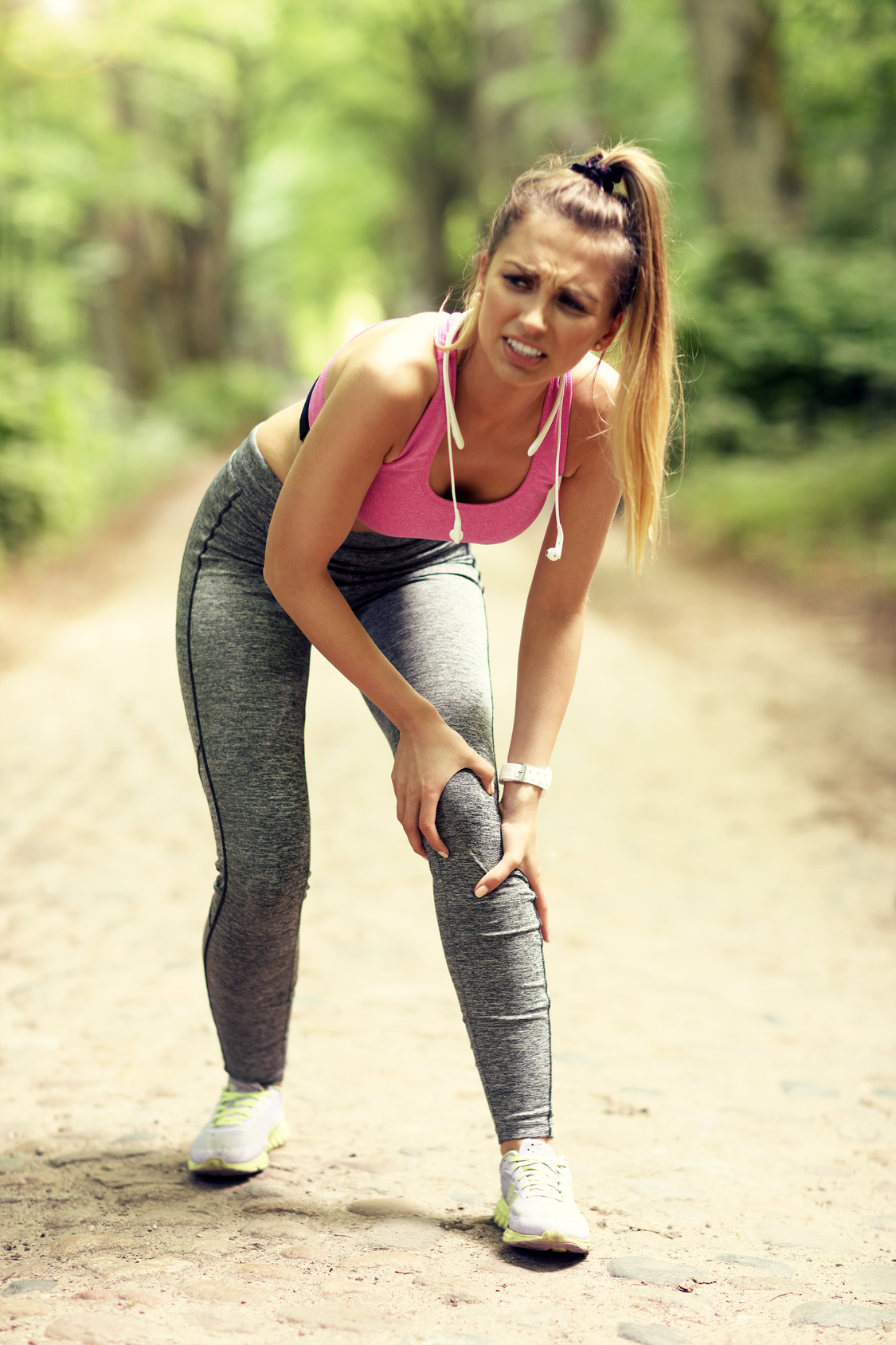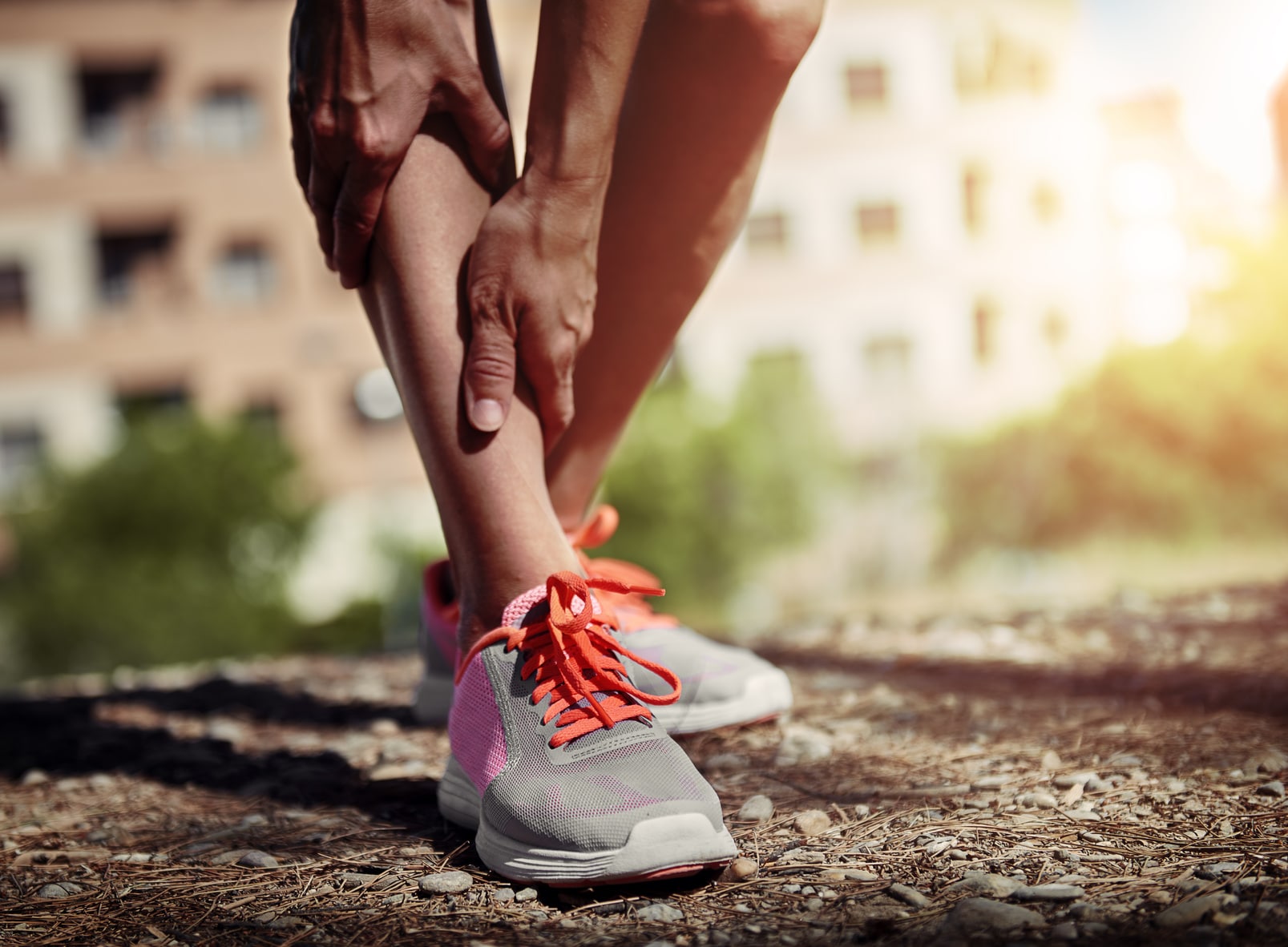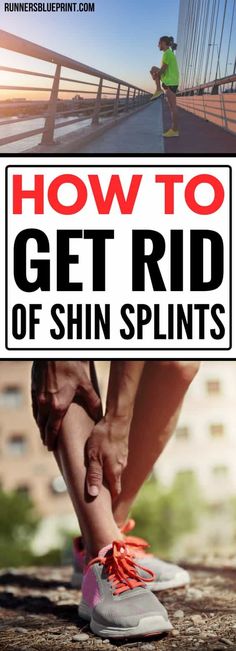Running’s one of the best things you can do for your health — but sometimes, it throws you a curveball.
Or in this case, a deep, stabbing pain right in your backside.
If you’ve ever felt like someone jammed a hot poker into your glute mid-run, or you get that weird burning down your leg when you sit — there’s a good chance your piriformis is behind it.
This isn’t just everyday muscle soreness. This is piriformis syndrome, and while it only makes up about 1–3% of running injuries, anyone who’s had it will tell you — it sucks.
It’s stubborn. It can ruin your stride. And if you ignore it? It’ll come back with a vengeance.
One marathoner I know brushed off his nagging glute ache for weeks — figured it was just tight hips.
Then it escalated. Within a month, he couldn’t run more than a few hundred meters without pain screaming down his leg.
Another runner said he spent three years chasing down mystery sciatica before finally nailing the real problem: a jacked-up piriformis muscle.
So let’s break it all down. What exactly is piriformis syndrome? Why does it hit runners? And more importantly — how the hell do you fix it?
What Is Piriformis Syndrome, Really?
Your piriformis is a small, deep muscle buried under your glutes — kind of like the middle manager of your hip team.
It runs from your sacrum (base of your spine) to the top of your femur, and its main job is to stabilize your hips, help rotate your leg outward, and assist when you’re balancing on one foot (which, if you think about it, is basically every step of your run).
The problem? Right next to — or sometimes straight through — the piriformis runs the sciatic nerve.
It’s the biggest nerve in your body, and if that muscle tightens up, spasms, or swells, it can press on the sciatic nerve like a vice grip.
That’s when you get the burning, the tingling, or that deep ache in your butt that shoots down your leg.
Sounds like sciatica, but the cause is different — the issue isn’t your spine, it’s your glute.
For runners, this is a recipe for frustration.
You’re asking your piriformis to stabilize your pelvis every single stride.
Run enough miles, especially without proper recovery or strength work, and this little muscle can go full meltdown mode.
So yeah — it’s small. But when it’s pissed off? It can take you out.
What Causes Piriformis Syndrome in Runners?
Piriformis syndrome is one of those sneaky overuse injuries.
It doesn’t usually hit from one wrong step — it creeps in from repetition, weakness, and pushing too hard without enough support. Here’s where it usually comes from:
1. Repetitive Overuse (a.k.a. Miles on Miles on Miles)
If you’re running high mileage, doing a lot of speed work, or jumping into a new plan too fast — your piriformis might be screaming for help.
It works hard every stride to keep your hips in line.
But if you’re not giving it recovery time? It gets irritated. Tight. Inflamed. And when that happens, the sciatic nerve nearby gets ticked off too.
I had a guy in one of my groups ramp up to 100km a week chasing a marathon goal.
By week five, he was limping mid-run and couldn’t sit for more than 10 minutes without sharp pain shooting down his leg. Classic piriformis blow-up.
Moral of the story? Too much, too soon = trouble.
2. Weak Glutes (a.k.a. “Sleepy Butt Syndrome”)
Here’s one that trips up a ton of runners — especially desk jockeys: weak or underactive glutes.
When your big glute muscles (glute max and medius) are lazy — either from sitting too much or just never being trained properly — your piriformis picks up the slack.
But it’s a small stabilizer, not a powerhouse. So when it starts doing the heavy lifting? That’s when things go sideways.
One runner told me his piriformis was a disaster for years until a PT pointed out his core and glutes were barely firing.
Once he added strength work and glute activation drills, the pain slowly faded.
That’s no accident — if the big muscles aren’t doing their job, the little ones suffer.
Translation: If your butt isn’t working, your butt ends up hurting.
3. Foot Strike Problems (Yeah, Your Feet Matter)
Your feet set off a chain reaction. And if they’re out of whack? Your hips will pay the price.
If you overpronate — meaning your foot rolls too far inward on impact — it causes your leg to twist inward, your knee to cave slightly, and your hip to compensate like crazy.
That means your piriformis (a hip external rotator) ends up fighting to keep your leg in line.
This is especially common in:
- Runners with flat feet
- People with uneven stride mechanics
- Folks who train in worn-out or unsupportive shoes
One hip ends up doing more than its fair share — and that’s how piriformis syndrome creeps in.
💡 Fix: Get your gait checked. Try stability shoes or orthotics if needed. Even things like running on the same side of a slanted road can tilt your pelvis over time — switch sides when safe.
4. Running Form Mistakes That Bite You Later
Here’s the brutal truth: poor form will always catch up with you.
Some common mistakes that load the piriformis:
- ❌ Overstriding — slamming your heel out in front = more force = more stress
- ❌ Excessive hip drop — often from weak glute medius
- ❌ Leaning too far forward from the waist (not the ankles)
Each of these makes your piriformis work overtime to stabilize your stride.
Let’s say your left hip drops with every step — your right piriformis is back there grinding away to keep your torso upright.
That’s a slow burn that can lead to full-blown pain.
💡 Fix: Get a video gait analysis or have a coach watch you run. Small form tweaks can take huge pressure off that little butt muscle. As I always say, “The piriformis might be small — but when it’s pissed, you’ll know it.”
Piriformis Syndrome: The Symptoms You Can’t Ignore
This isn’t just “tight glutes.” Piriformis syndrome has a very distinct vibe.
It’s annoying, nagging, and hard to massage away. And it can fool you into thinking it’s something else.
Here’s how to spot it:
Deep Butt Pain That Won’t Quit
This is the No. 1 symptom.
It’s not surface-level soreness — it’s deep in your glute, usually dead center. One runner described it perfectly:
“It feels like someone jammed a golf ball under my butt and left it there.”
You might feel:
- A tight knot that doesn’t release
- Pain when you sit, especially on hard chairs
- Tenderness when you press just behind your hip joint
- Pain flaring up after a run or after sitting too long
It’s sneaky — often tolerable at first. But keep ignoring it, and it digs in deeper.
Nerve Zaps: That Sciatica-Like Pain
Since your sciatic nerve runs right next to — or through — the piriformis, it’s easy for inflammation to press on it.
This can cause:
- Tingling down the back of your thigh
- Numbness or burning in the hamstring, calf, or foot
- “Electric shocks” with certain movements
- That classic “pins and needles” feeling when sitting
Pain that worsens when sitting is a giveaway. So is tingling that kicks in after a run or long car ride. It’s not always full-on sciatica, but it’s in the same neighborhood.
It Hates Sitting, Hills, and Sudden Hip Motion
Runners with piriformis syndrome often say:
“I can run easy, but afterward I’m toast — my butt locks up.”
That’s classic.
Other pain triggers:
- Sitting on a wallet
- Climbing stairs
- Doing deep squats
- Driving long distances
- Turning the leg inward (internal hip rotation)
Sometimes a “FAIR test” (flexion, adduction, internal rotation) can provoke it. That’s medical speak for: “Does turning your leg in hurt like hell?” If yes, it’s probably the piriformis.
Also — if your hip feels stiff rotating inward or your leg feels like it hits a wall when stretching — that’s a big clue the piriformis is tight and irritated.
Is It Piriformis Syndrome or Sciatica?
This part trips up a lot of runners, so let’s clear it up.
Piriformis syndrome and sciatica feel similar—but they’re not the same thing.
Sciatica = a symptom
It’s not a diagnosis—it just means you’ve got pain, numbness, or tingling down the sciatic nerve pathway.
The nerve’s irritated. But where the irritation comes from matters a ton.
True sciatica usually starts in your spine
Most often, it’s from a herniated disc, spinal stenosis, or something pressing on a nerve root in the lower back.
You’ll likely have back pain along with leg pain, and it often gets worse with bending, coughing, or sneezing.
Piriformis syndrome starts in the glute
Here, the sciatic nerve gets compressed by the piriformis muscle in the butt, not the spine. Your back MRI? Probably totally clean. Your pain? Felt in the glute, and sometimes down the leg. Sitting on a hard chair, or long runs? That’s when it kicks in.
Real-world Example:
Runner A has a herniated disc at L5-S1. He’s got back pain, nerve pain down his leg, and his pain worsens when he bends or twists.
Runner B has no back pain, but deep glute pain that radiates when he runs or sits. His scans are clean. Pressing on the piriformis makes him wince.
Runner B? Classic piriformis syndrome.
Treating Piriformis Syndrome (Without Losing Your Mind or Mileage)
Alright, if your backside is barking and every step sends a jolt down your leg, welcome to the not-so-fun club of piriformis syndrome.
It’s a real pain in the butt—literally—but the good news? Most runners get past it with a smart, patient approach.
This isn’t a “power through it” injury. It’s a respect the process kind of thing.
So let’s walk through what works—from quick fixes to more advanced treatment—so you can get back to running pain-free.
Step One: Rest Like You Mean It
Look, I get it—runners hate rest like cats hate water. But when it comes to piriformis syndrome, pushing through the pain only digs a deeper hole.
You don’t need to turn into a couch zombie. But you do need to stop aggravating the muscle.
That means hit pause on the running, especially high-impact workouts, until the fire dies down.
Short-term rest = long-term recovery.
One runner I coached kept logging miles through mild butt pain. He ended up stuck in a 3-month recovery slog. Could’ve taken 2 weeks off, but instead… well, you get the picture.
Step Two: Manage the Pain
Piriformis pain can range from a dull ache to nerve-zapping agony. Here’s how to take the edge off:
Ice It
Stick an ice pack (wrap it in a towel first) right on that sore spot for 10–15 minutes, a few times a day.
Especially helpful after sitting too long, or if you try a light run and it flares up.
One runner told me he’d keep a gel ice pack in the car and sit on it during long drives. Smart move.
NSAIDs (Like Ibuprofen or Naproxen)
These aren’t a cure—but they’ll help knock down inflammation. If the pain’s high, a short course (2–5 days) can help you function and sleep better.
Heat Therapy
Some folks respond better to warmth—especially if muscle spasm is part of the problem. Try a heating pad or warm compress. You can even alternate ice and heat. Do what feels best.
Step Three: Know When It’s Time to Get Help
If you’ve been resting, stretching, and icing for a week or two and still feel like trash—or if the pain is brutal from the start—it’s time to call in a pro.
Sports Medicine Doc or PT
They’ll confirm it’s actually piriformis syndrome (and not a herniated disc or another nerve issue). Then they’ll help you plan the next move.
Corticosteroid Injections
If pain’s severe and conservative stuff isn’t cutting it, your doc might suggest a cortisone shot into the piriformis. Done under ultrasound or imaging so they hit the right spot.
It’s not a first-line fix—but it can be a game-changer when nothing else works.
Botox (Yeah, Seriously)
In stubborn, chronic cases, docs sometimes use botulinum toxin to relax the piriformis and reduce nerve pressure. Weird but effective.
Step Four: Physical Therapy = Your Comeback Plan
A good PT isn’t just going to massage the area and send you home. They’ll dig into what caused the issue in the first place.
In many runners, weak glutes and tight hips are the real villains. Your piriformis is just the one screaming for help.
One case study in the Journal of Orthopaedic & Sports Physical Therapy showed full recovery just by focusing on strengthening the hip abductors and external rotators. No gimmicks—just smart, targeted strength work.
Expect your PT to:
- Use hands-on work (massage, ultrasound, etc.)
- Guide you through hip, glute, and core exercises
- Teach you proper form (especially if your gait’s off)
- Help you rebuild mileage without flaring things up again
Step Five: Fix the Real Culprit
Sometimes piriformis issues aren’t just about tight muscles—they’re about how you run.
If you’ve got:
- A leg length difference
- Bad overpronation
- A lazy stride or poor form
…those could all be contributing. A running-focused PT or experienced coach can do a gait analysis and clean up your mechanics—like shortening your stride, increasing cadence, or cueing better posture.
Even the right shoe or orthotic insert can make a difference if it helps realign things from the ground up.
Last Resort: Surgery (Rarely Needed)
Most runners will never need this—but if you’ve tried every tool in the toolbox for months (or years), and the pain just won’t quit, surgical release of the piriformis is an option. Surgeons may snip part of the muscle or remove scar tissue strangling the sciatic nerve.
It’s a last-ditch move—but it’s there if you need it.
How to Keep Piriformis Syndrome from Kicking Your Butt (Literally)
If you’ve ever dealt with piriformis syndrome, you know the pain ain’t subtle.
It sits deep in your glutes and can shoot down your leg like a lightning bolt. It messes with your stride, your sleep, your life.
And if you haven’t had it? Good. Let’s keep it that way.
The trick is not waiting until it flares up. You’ve gotta stay ahead of it with smart, consistent habits — think flexibility, form, strength, and common sense.
Here’s how I coach runners to dodge this nagging injury before it sidelines them.
1. Stay Loose: Stretch and Move or Pay the Price
Tight hips and locked-up glutes are piriformis fuel. You need flexibility — not contortionist stuff, just basic mobility so your muscles don’t pull on each other like angry toddlers.
Here’s your go-to stretch kit:
🔹 Figure-4 Stretch (Piriformis Stretch)
Lie on your back. Cross one ankle over the opposite knee (like you’re making a “4”), then gently pull the opposite thigh toward your chest. Boom — deep stretch in the glute of the crossed leg.
🟢 Do this daily. It’s simple, and it works.
🔹 Pigeon Pose (aka Butt-Saver Pose)
From all fours, slide one knee forward and turn it slightly in while extending the other leg back. Lower your torso down. It hits the glutes and deep hip rotators hard. Runners swear by it.
🔹 Hamstring & Hip Flexor Stretches
Tight hammies and hip flexors pull your pelvis out of whack — and that screws with your piriformis. Loosen those up. Toe touches, lunges, or strap stretches do the trick.
🔹 Foam Roll That Glute
Grab a foam roller or a lacrosse ball, sit on it, and roll around your outer glutes and hips. Find the sore spots and gently let the pressure melt them. It’s not always comfy — but it’s worth it.
🟡 Pro tip: Do it after your run when your muscles are warm.
🔹 Yoga or Dynamic Mobility Work
Even just 15 minutes a day of yoga-style mobility can save your butt (literally). Focus on hips, glutes, and core. Stuff like Triangle Pose, Thread-the-Needle, and lunging flows open you up and release tension.
One PT told me straight: yoga helps your glutes fire, your core hold you up, and your piriformis chill out.
2. Fix Your Form or Fight Your Body
Let’s be blunt: bad running form is a silent killer. It sneaks up on you mile after mile, quietly overloading muscles that were never meant to carry the whole load — and the piriformis is often the first to scream.
Here’s what to work on:
Posture & Alignment
Run tall. Slight forward lean from the ankles, not the waist. Head up, shoulders relaxed, hips neutral.
Bad posture = tilted pelvis = pissed off piriformis. Keep that core engaged and your form clean.
Cadence: Quick Feet, Less Force
Shoot for 170–180 steps per minute. It’s not about speed — it’s about reducing overstriding.
Overstriding = high impact = more torque on your hips and pelvis. Keep your feet landing under your body and stay light on your feet. This helps offload the stress that beats up your glutes and IT band.
Foot Strike & Shoe Game
You don’t need to land on your forefoot like a gazelle. Just don’t be landing 2 feet in front of you with each step.
- Land under your center of mass
- Fix overpronation if it’s an issue
- Replace worn-out shoes — they mess with your form big time
Old shoes = sloppy form. New shoes = stable base. Don’t skimp.
Hip Stability: Keep Your Pelvis Level
If your hips drop every step, your glutes are slacking — and your piriformis is doing too much.
Get a friend to film you from behind while running. If one side drops more than the other? It’s time to strengthen your glute medius and abductors.
Start with side leg raises, clamshells, and resistance band walks. Add them into your pre-run routine or cross-training days.
Core Engagement = Stability
You don’t need six-pack abs. You just need a core that holds your spine and pelvis steady while you run.
Try this: imagine someone’s about to poke you in the stomach mid-run. That light bracing? That’s what your core should be doing.
One runner I coached eliminated his piriformis pain by engaging his core consciously for two weeks. Changed his whole stride.
Gait Analysis: Don’t Guess
Still not sure what’s going on with your form? Book a gait analysis. It’s worth it.
A pro can spot stuff you’d never notice — leg length differences, imbalances, weird stride patterns.
Then they’ll give you drills, exercises, and real feedback instead of guesswork.
Strength Training: The Real Fix for Piriformis Pain
If there’s one thing most runners skip—but absolutely shouldn’t—it’s strength work.
Especially for the hips, glutes, and core. Want to prevent piriformis syndrome from wrecking your training?
You’ve got to strengthen the entire support system around that little muscle.
Because when your glutes, hips, and core are solid, your piriformis doesn’t have to overwork.
And that’s where the magic happens.
Here’s how to build a bulletproof backside and keep that pain at bay.
Clamshells – Old School, Still Gold
Yeah, they look basic.
But clamshells are the holy grail when it comes to isolating and strengthening the glute medius—the small muscle on the side of your hip that keeps you from wobbling like a baby deer.
Lie on your side, knees bent, feet together.
Lift the top knee while keeping your pelvis still. That’s it. Add a resistance band if you want to level up. And don’t skimp on reps—2–3 sets of 20–30 per side. You should feel the burn.
One runner I know said the only thing that finally got rid of his piriformis pain was high-rep clamshells daily.
Not fancy. Just brutally consistent.
Side Steps, Fire Hydrants & Bridges – Stabilizer Squad
Your hip stabilizers are the unsung heroes. Weak glute med, tight piriformis. Strong glute med? Happy hips.
Mix in:
- Lateral band walks (a.k.a. monster walks)
- Fire hydrants (yes, you’ll look ridiculous, but they work)
- Single-leg glute bridges
These zero in on the abductors and external rotators—exactly what most runners neglect. Studies show weak hip muscles are tied to running injuries like piriformis syndrome. So get strong where it counts.
Squats & Lunges – Build That Glute Engine
This is your power base. Compound lifts like squats and lunges strengthen your glutes, hamstrings, and quads all at once.
That’s not just good for injury prevention—it’s a performance booster.
Start bodyweight. Focus on form:
✅ Push through heels
✅ Squeeze glutes at the top
✅ Don’t let knees cave in
Progress to dumbbells or a barbell as you get stronger.
And lunges? They’re perfect for spotting imbalances. If one side wobbles more, that’s your weak link. Fix it now, before it shows up on race day.
Deadlifts – The Posterior Chain King
Deadlifts train the whole back side: glutes, hamstrings, lower back.
And that’s exactly where you need strength to run strong and stay injury-free.
Whether you’re doing Romanian deadlifts with a kettlebell or full barbell lifts, form is key.
Start light, go slow, keep the motion clean. When done right, deadlifts teach your body to hinge from the hips, not strain the low back. Big payoff for piriformis support.
Pro tip: If you’re feeling weak in your hamstrings late in a run, deadlifts will help you fix that.
Don’t Forget Core & Obliques
Everyone talks abs—but don’t sleep on your obliques and deep core (like the transverse abdominis).
These muscles keep your pelvis stable when you’re running on one leg (which, let’s be honest, is all the time when you’re running).
Hit these:
- Side planks
- Dead bugs
- Bird-dogs
- Russian twists
- Glute bridges
One runner I worked with had recurring piriformis pain that finally eased when he focused on oblique strength. The fix wasn’t in the butt—it was in the core.
Even 10 minutes every other day adds up. Keep your trunk stable, and your piriformis doesn’t have to overcompensate every step.
Your Weekly Fix: Keep It Simple, Keep It Consistent
You don’t need a fancy gym or an hour-long workout. Build a short hip/core/glute circuit and hit it 2–3 times a week. Think:
- 1–2 glute activators (clamshells, band walks)
- 1–2 compound lifts (squats, lunges, deadlifts)
- 1–2 core exercises
Stick with high reps (15–20) and focus on control. You’re training endurance strength here—not max power.
A study once showed that adding hip strength work sped up piriformis rehab. And a well-known coach told Runner’s World: “Strong glutes are the #1 way to prevent piriformis syndrome.”
I couldn’t agree more.

